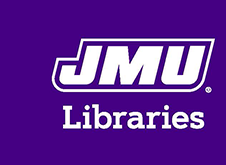Preferred Name
Sarah Brown
Creative Commons License

This work is licensed under a Creative Commons Attribution-NonCommercial-No Derivative Works 4.0 International License.
Date of Graduation
5-7-2020
Degree Name
Educational Specialist (EdS)
Department
Department of Graduate Psychology
Second Advisor
A. Renee Staton
Third Advisor
Debbie Sturm
Abstract
Data on homelessness does not reflect the vast numbers of people living without stable housing. Research shows that while the public may feel compassionate towards those without homes, they may also blame and stereotype people experiencing homelessness. Stigmatization can impair public support of policies that would provide the structural change needed to address the housing crisis. Studies have found when media use non-stereotypical examples of people without homes, stigmatization decreases and public support for systemic change increases. Using person-first language and the concept of housing as a moral human right further increase public support. This content analysis examines media in Harrisonburg, Virginia to determine the local homelessness discourse and opportunities for counselor advocacy. A content analysis of media sources posted in Harrisonburg Virginia was conducted. A total of 3 sources were identified as potential media sources. Applying exclusionary criteria, 3 sources were reduced to 2. In total, six articles met the study criteria. The six articles analyzed used dehumanizing language and stereotypical examples of those without homes. This author recommends counselors provide advocacy for those living without homes in Harrisonburg to reduce the stigma and increase behavioral health outcomes. This may include empowering clients, adopting person-first language in homelessness discourse, and speaking out against housing insecurity using non-stereotypical depictions of those living without homes. Counselors should also advocate for policy change by encouraging local media and organizations to recognize housing as a moral human right.


